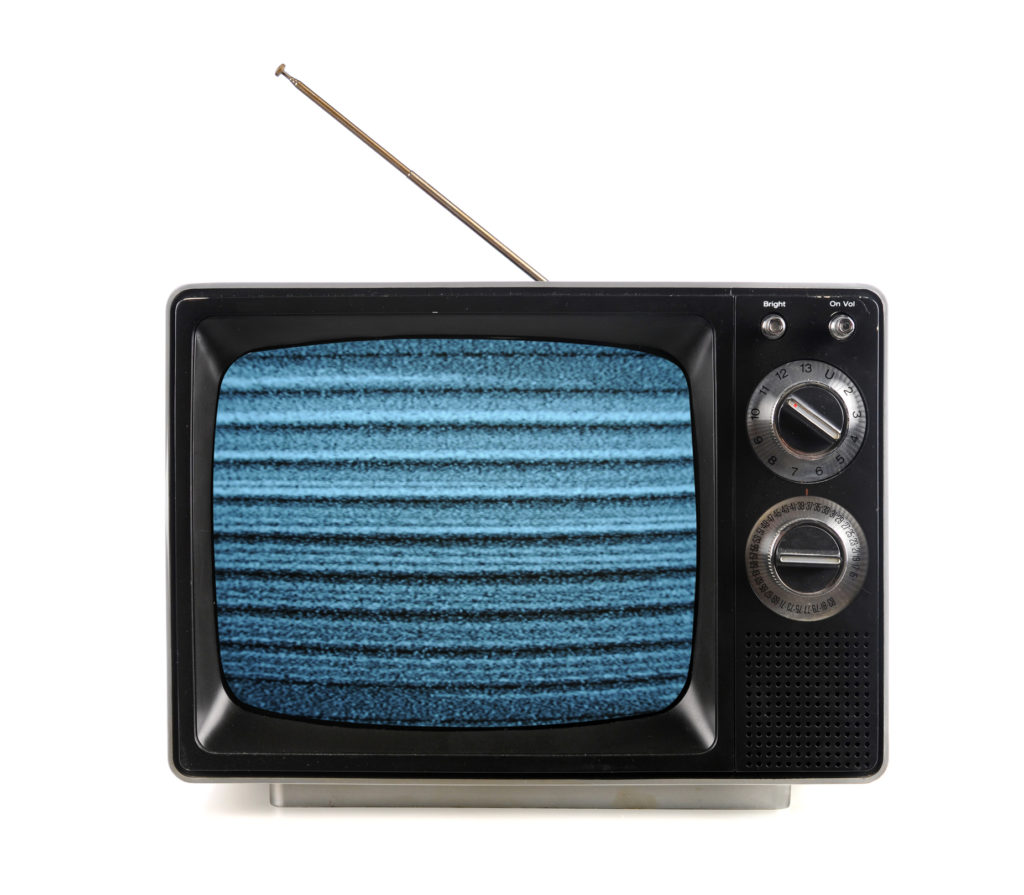Study: Your Bad Audio Makes You Sound Dumber

Photo by kyle smith on Unsplash
One of the more maddening glitches of any presentation – virtual or in-person – is a speaker who is hard to hear. How can you effectively train employees, persuade investors to buy in, or sell potential clients on your latest product if they struggle to make out what it is that you are saying?
Beyond the obvious shortcomings such audio difficulties produce – anxious co-workers and lost opportunities – recent research reveals that your audience will judge you and your content less favorably when audio is sub-par.
First, let’s delve into the research that shows why this is so important. Second, we’ll get into some specific recommendations on how to achieve a clearer and cleaner sound, whether you are giving a virtual or in-person talk.
Poor Audio = Poor Message Reception
Through two experiments, psychologists Eryn Newman and Norbert Schwartz set out to discover if audiences would judge identical content differently based on the technical merits of the transmission. Spoiler alert: They did.
For the first experiment, the researchers divvied up nearly 100 participants to watch talks given on YouTube about a physics or engineering topic. The researchers altered some to create more muddled audio, and adjusted others to increase the clarity of the speaker’s voice. In other words, one group saw a “good” version of the physics talk and a “bad” engineering clip. Another saw a high-quality engineering talk and a poor-quality physics talk.
The big-picture result was this: The technical quality of the recording had the power to alter the audience’s take on the credibility and qualifications of the researcher, as well as the validity of the research itself.
Despite the fact that the researchers were presenting the same content in the videos, they were rated as a better speaker and presenter when the audio was clearer. As the presenters note:
“When the video was difficult to hear, viewers thought that the talk was worse, the speaker less intelligent and less likeable, and the research less important …. Whoever had the better audio quality was considered the better speaker and researcher, working on a more important project.”

The second experiment may have been even more telling. The presentations in the first experiment were given by graduate students in a nondescript conference. Given the audience had little context as to the presenters’ expertise or quality of their research, Newman and Schwartz wanted to see how credibility might affect an audience’s reaction to audio.
They did just that.
Using two radio interviews that aired on NPR’s Science Friday (one on physics and one on genetics), they kept the original, high-quality version and then altered one to make it sound as if the guest called in on a fuzzy phone line. As the researchers discovered, the participants’ reactions to the high- and poor-quality audio interviews resulted in a similar outcome. Participants still reacted to the researcher and the research less favorably when it was harder to hear them – despite the mantle of credibility the news program offered.
Their findings add to an existing body of data that the way a message is delivered can be as important as the message itself. Certain challenges or obstacles thrown in the way of your audience’s ability to assess the message – any extra work they have to do cognitively to figure it out – can have an impact on how they judge the validity of what you have to say, as well whether they can trust you. For instance, some researchers have discovered that people are less likely to believe someone who talks in an accent that is difficult to understand or has a name that is difficult to pronounce.
Clearly, it doesn’t take much to poke a hole in your message and your credibility.
Getting Your Audio Right

Photo by Kelly Sikkema on Unsplash
Given there are many variables that you can’t control, it’s important to focus on the ones that you can. Help to make your message more compelling and more likely to stick with the right audio set-up.
If you are giving virtual presentations …
- Remember that audiences are more likely to forgive glitchy video than audio. If you have been using your computer’s built-in mic, consider an upgrade to an external mic, such as a lavalier microphone, a freestanding mic, or a headset – one that is not too obtrusive on camera.
- Find a quiet room or space without background noises if possible. If you are transmitting in a space that you share with others, make sure they know you are presenting.
- Try to set up your in-home studio in a room or space with drapes, carpets, furniture, or other material, such as blankets and quilts. You want to prevent the sound waves from bouncing around the room and creating feedback. Rooms with objects made of soft, porous material will better absorb sound and make for a clear sound.
- If you are calling in to a radio show or podcast, try to avoid doing it on a speakerphone or smartphone. Ideally, you have connected to the internet by plugging into your router using an ethernet cord – rather than relying on Wi-Fi – and you are using an external mic attached to your computer.
- Offer fair warning if you are concerned about your connection or the wi-fi capacities of your audience. Perhaps you might mention that you have created takeaway materials that you can send in case the audio drops, or you experience other technical difficulties.
(You can find additional tips for virtual presentations here.)
If you are giving in-person presentations …
- Will you be moving around the room? Are you stuck behind a lectern? If given a choice, determine what mic works best for the room setup, format, and audience size – and do this well before your talk.
- Be wary of your attire. Is your tie or scarf or some other accessory scraping or rustling against your lavalier mic? (This goes for virtual presentations, too.) You can check these technical hiccups and others by saving time before the presentation to test the audio.
You can learn more about the right mic for your presentation here.
A Sound Decision
After more than a year of relying on virtual classrooms, conferences, meetings, and webinars to keep our professional, educational, and personal lives moving forward amid a pandemic, it doesn’t appear as if we are completely ready to abandon the virtual world just yet.
In just one example, a recent survey conducted by the journal Nature revealed that although researchers are weary of some of the drawbacks associated with virtual conferences – hello, Zoom fatigue! – nearly three-quarters of the 900 people polled thought scientific meetings should continue to be virtual, or partially virtual, even after the pandemic ends.
Whether you are an expert in your field, a passionate advocate for your cause, or an energetic salesperson for your company’s line of products, be smart about the amplification you choose to share your content – your message and credibility may just be riding on it.


